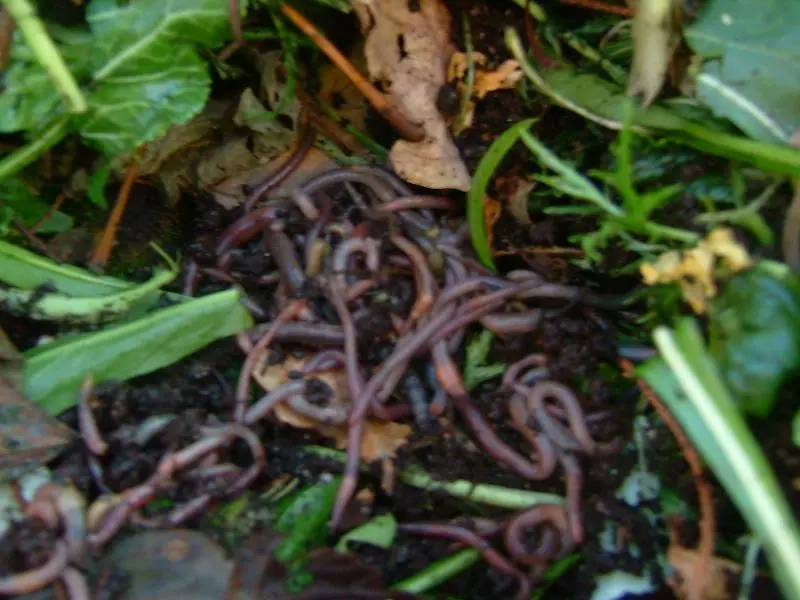Worm composting
The worm compost box offers an opportunity to pupils, to gather deeper knowledge on natural decomposition processes. As a model for an organic soil in a deciduous forest it introduces to the ecological importance of different earthworm species.

The worm compost box allows to observe how worms are living and how they are helping to decompose organic material. Conducting it in parallel to «The classroom compost box» provides an opportunity to observe differences in organic decomposition in the presence or absence of worms.
Learning goals
- Know the biology and ecological functions of earthworms
- Know about the benefits of earthworms in a compost
Background information
In Central Europe, the biomass of earthworms in one-hectare of soil can be as high as three tons. Earthworms are eating and digesting plant residues and other organic materials. They break up soil clumps and thus improve soil drainage and soil aeration. Therefore they are a key species in natural decomposition processes. If worms are present in a compost, and active in draining, aerating, mixing and chopping the material, they will take over a lot of work from the compost bacteria and accelerate the decomposition process.
Worm composts usually also do not get hot since contrary to bacteria, worms do not produce heat. There are different species of earthworms that are important for biological decomposition processes. The most important in addition to the common earthworm is the compost worm. The latter is specialised for living in places that are rich in dead organic material. Compost worm are commonly found in garden composts and complement the decomposition work of the bacteria. The end product of such a worm compost provides more plant available nutrients than a common garden compost.
Time requirement
It will take 2-4 weeks until you get visible and measurable differences between «The classroom compost box» and the worm compost box.
Material requirement
- 1 plastic box with cover, length approximately 50 cm, width 30 cm, height 25 cm
- 1 digital thermometer with an external sensor and a temperature range from 10°C to 50 °C
- 10 litres of mature compost or decomposed material from a forest topsoil as inoculation material
- 1 litre of leaves (bulk material)
- 10 litres of diverse kitchen wastes
- 2 handful of worms (earthworms or compost worms)
Let's start
To start the experiment you have to collect about two handful of worms. Good places for collecting worms are organic forest soils or garden composts. It does not matter if you get common earthworms or compost worms.
In the next step you add the collected worms to the compost box that you have to establish according to «The classroom compost box». It is important to provide enough moisture. Worm composts tend to require a slightly higher moisture content than ordinary composts.

See and feel
- Observe what is happening with the material structure and the temperature. Are there differences to «The classroom compost box»?
- Count the worms before adding them to the compost box and after finishing the experiment. If the conditions in the box were favourable, there may be some reproduction and you get the same or a higher number of individuals at the end. If the material was too dry or the temperature too hot, some of the worms will die and you will have less individuals at the end.
- Look at the distribution of the worms inside the box. Are there some places they prefer. If yes, try to figure out differences to other places where they are less abundant. Are there local differences in material or microclimate?
Didactical comments
This experiment links the knowledge on composting to the importance of earthworms for the productivity of our soils. The pupils will get a link to soil biology and the biological decomposition processes in nature.